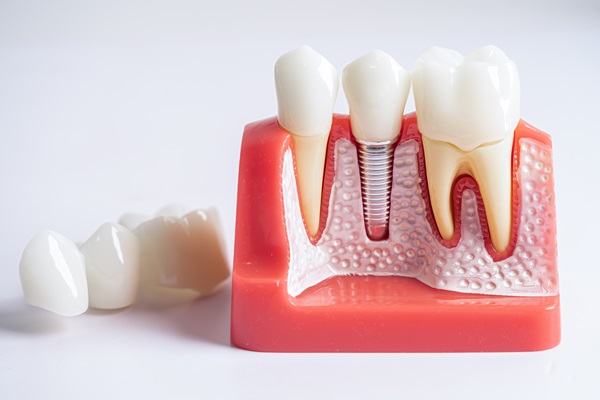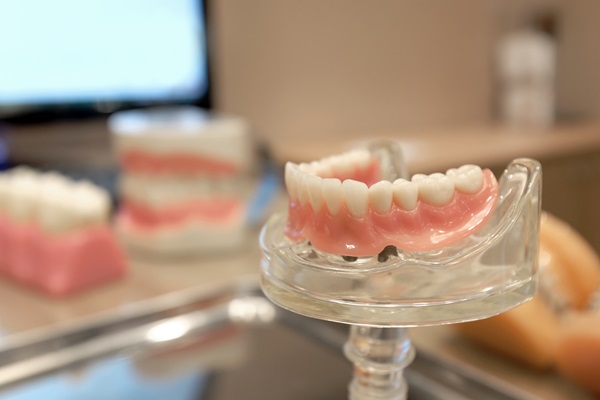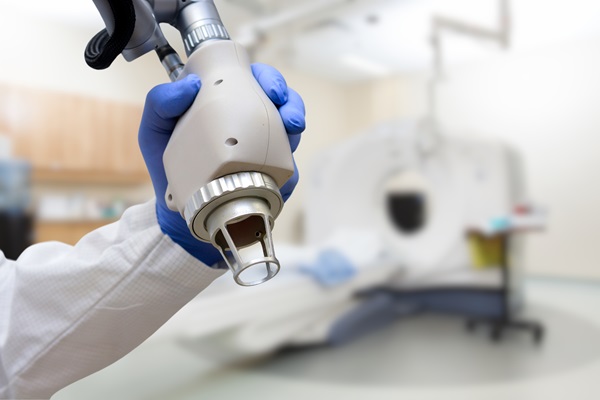A Dental Crown Overview: What You Need To Know

Think you may need a dental crown? Read on to learn more about this dental restoration. Teeth are the strongest part of our bodies; however, they are also easily harmed by day-to-day activities like drinking and eating. When teeth are damaged or decayed, dental crowns serve as caps or covers to restore their shape, strength, size, and appearance. If properly maintained, dental crowns can last between five to 15 years or even more. They are essentially a long-term investment in your dental health and function.
When is a dental crown needed?
Dental crowns are custom-fitted coverings that cover the entire visible portion of a tooth above the gum line. They are used mainly to restore severely damaged and decayed teeth. Sometimes, a dentist might recommend them for aesthetic reasons to brighten and misshapen teeth. Crowns could be made from several materials like porcelain, ceramic, composite resin, or metal, each with differing longevity, looks, and price advantages.
Some of the conditions where a dental crown might be necessary include:
- To protect a weak tooth from breaking or to hold a cracked tooth
- To restore a broken or worn-down tooth
- To cover and support a tooth with a large filling
- To hold a dental bridge in place
- To cover a dental implant
- To improve smile aesthetics
Getting a dental crown
First, the dentist will examine the extent of damage and the suitability for a crown. This might include taking dental X-rays of the roots of the tooth and adjacent bone. Next, the dentist will reshape the tooth to accommodate the crown. This process requires removing part of the outer layer of the tooth to fit the crown.
They will take an impression of the tooth to model the crown after reshaping. The impressions of the teeth above or below the receiving tooth are also made to ensure a well-aligned bite. The dentist will then fit a temporary crown over the reshaped tooth while the permanent crown is in production. This temporary crown is made of acrylic-based materials and secured with temporary adhesive.
When the final crown is ready, patients will return for a follow-up visit. After removing the temporary crown, the dentist will place the new crown over the tooth to check the fit. The dentist may make minor adjustments to ensure the crown matches the surrounding teeth.
When the fit is satisfactory, the crown is cemented onto the tooth, covering the visible portion above the gum line.
Caring for dental crowns
Proper maintenance extends the life of a dental crown. This includes good oral hygiene, avoiding hard foods and teeth grinding, and regular dental checkups. Although crowns protect the underlying tooth, the gum line is susceptible to decay and disease, so keeping the gum healthy is important.
Final note
Modern advancements in dental technology, including digital impressions, computer-aided design (CAD), and computer-aided manufacturing (CAM) are making the creation and fitting of dental crowns quicker, easier, and less invasive for patients. Dental crowns are a key element in restorative dentistry, providing both functionality and aesthetics that can improve a patient’s quality of life. If you have a damaged tooth that requires a dental crown, consider booking an appointment today for a consultation.
Request an appointment here: https://dramysdental.com or call Dr. Amy's Dental Office at (805) 379-5222 for an appointment in our Thousand Oaks office.
Check out what others are saying about our dental services on Google: Dental Crown in Thousand Oaks, CA.
Related Posts
A dental bridge is a valuable solution for individuals with missing teeth, providing functional and aesthetic benefits. If you are considering dental bridges to restore your smile, you will need to determine whether you are a suitable candidate for this treatment.Let us discuss the factors that determine whether a patient is a suitable candidate for…
All-on-4® is an option for people who need to replace an entire upper or lower arch of their teeth. For many people, this is the solution that they have been waiting for. Because it works as a dental implant that creates an anchor for prosthetic teeth, it means that these restorations do not shift around…
Laser dentistry has been around for several years. In recent years, it has become more popular because it offers an effective way to perform many procedures. Dentists use lasers to treat a variety of conditions, including tooth decay. Read on to find out when your general dentist may recommend laser dentistry.Many dental professionals believe that…
Anyone who has experienced a full mouth reconstruction knows these procedures are challenging. The processes can be long and include some pain and discomfort. The recovery process can take some time and be difficult for some people. The good news is that you can get the results you want and enjoy a brand-new smile once…


